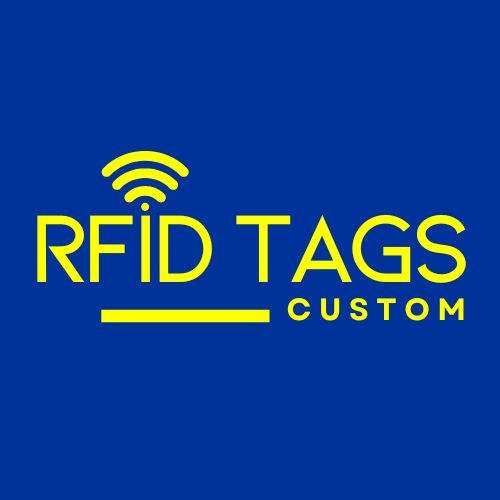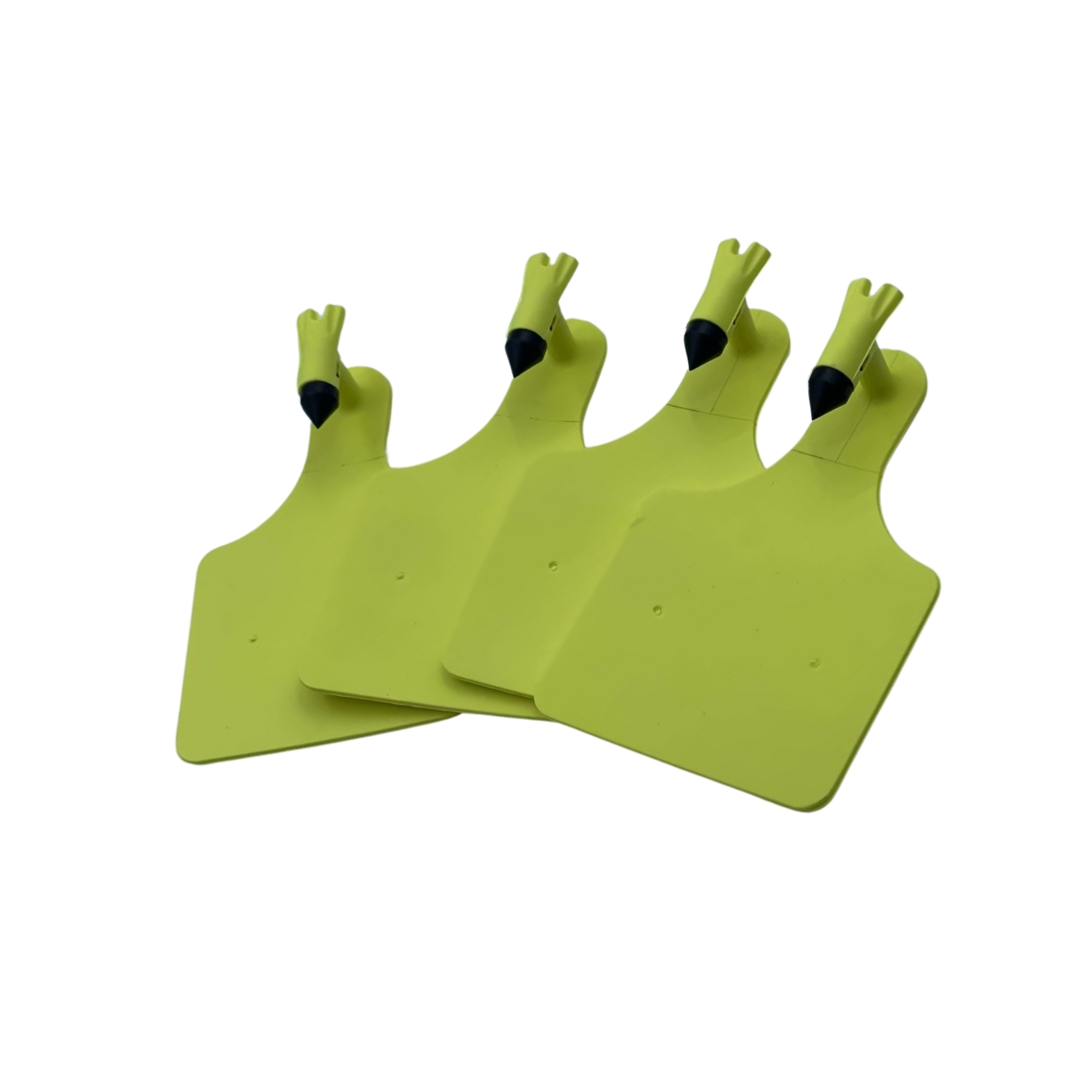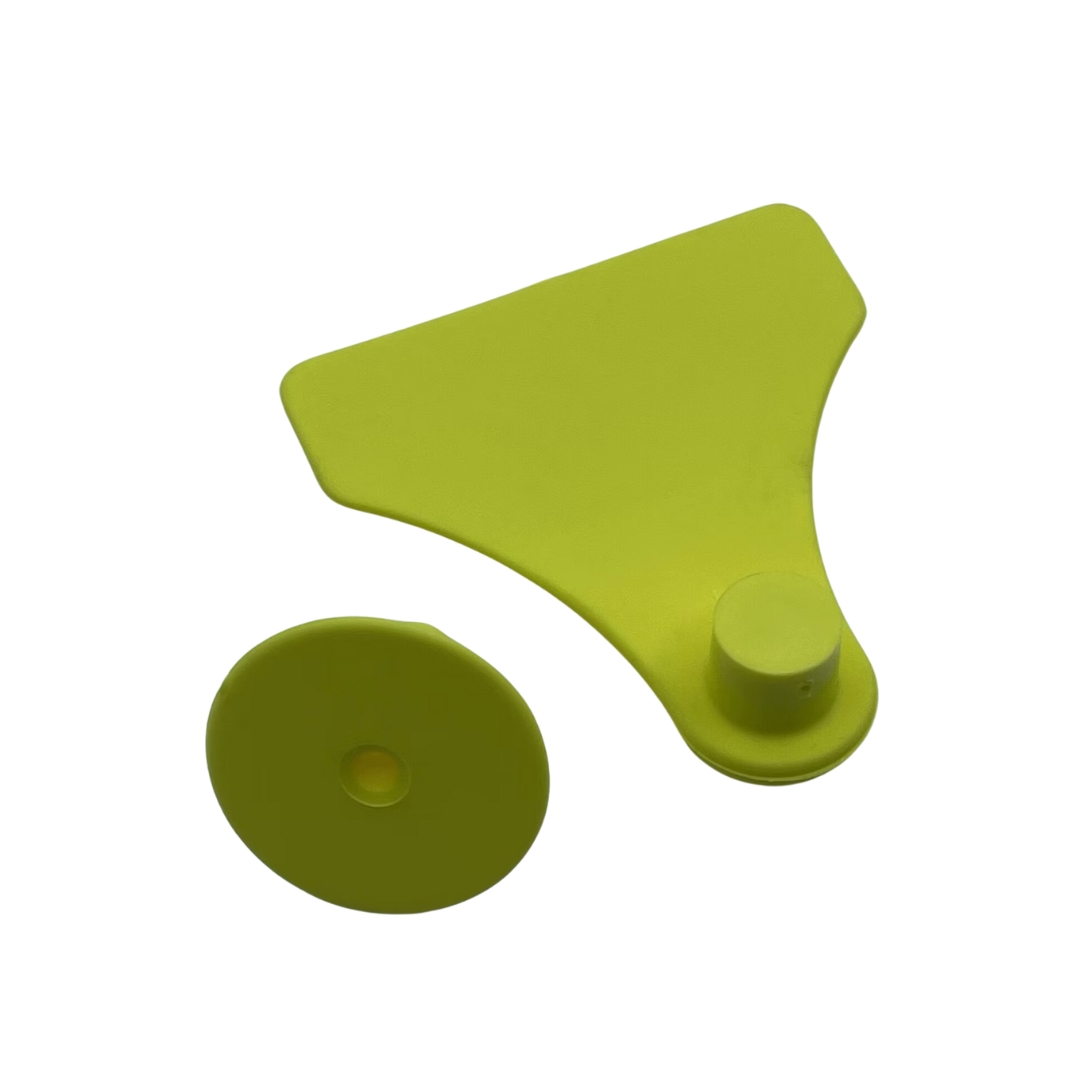860-960MHz Livestock Anti-thief RFID Tag Animal Tracking
UHF RFID Tag Animal Tracking (860–960 MHz) – Secure & Efficient Livestock Management
Protecting livestock from theft and stray loss is a growing challenge — especially across large properties and open pastures. Our UHF RFID tag animal tracking system (860–960MHz) is engineered for modern livestock operations, delivering long-range, automated tracking and real-time herd insights.
Designed for rugged farm conditions and scalable deployment, these RFID animal tracking tags help farmers, ranchers, and agricultural managers monitor, manage, and secure their herds more efficiently than ever before.
Why UHF RFID is the Smart Choice for Animal Tracking
Key Features of Our RFID Animal Tracking Tags
Built to perform in harsh agricultural conditions:
- Wide Frequency Range: Operates across the UHF band (860–960 MHz)
- Durable Construction: Made from animal-safe TPU, resistant to UV, shock, and weather
- Secure Attachment: Available as ear tags, boluses, or injectable chips with tamper-evident designs
- High Read Accuracy: Performs reliably in dynamic field conditions, even with moving animals
- Compliant with EPCglobal Gen2 / ISO 18000-6C standards for interoperability
- Data Retention: Over 10 years, with optional user memory for enhanced traceability
Whether for small herds or large commercial operations, these RFID tags are essential tools for scalable animal tracking.
Applications: RFID Tag Animal Tracking Across Livestock Sectors
Our RFID Tag Animal Tracking solutions are already supporting livestock operations worldwide:
- Cattle Farms – Track movements, health, and ownership securely
- Goat & Sheep Ranches – Efficient inventorying and theft deterrence
- Pig Farms – Automated weight tracking and feeding system integration
- Breeding Programs – Connect tags with health, genetics, and reproductive records
- Regulatory Compliance – Supports animal movement traceability for disease control and exports
Technical Specifications of RFID Tag Animal Tracking
| Feature | Specification |
| Product Type | UHF Livestock RFID Ear Tag (optional: bolus, injectable chip) |
| Material | TPU (thermoplastic polyurethane, animal-safe) |
| Frequency | 860–960 MHz (UHF) |
| Protocol | EPCglobal Class 1 Gen2 / ISO 18000-6C |
| Chip Options | Impinj Monza, NXP UCODE series (customizable) |
| Read Range | Up to X meters (depends on reader & environment) |
| Tag Dimensions | Male: 30mm ; Female: 60x80mm (or custom) |
| Operating Temp. | -25°C to +85°C |
| Storage Temp. | -40°C to +90°C |
| Environmental Resistance | IP67/IP68, UV-resistant, waterproof, shockproof |
| Application | Cattle, Sheep, Goats, Pigs, etc. |
| Data Retention | >10 years |
| Memory | EPC (96/128 bit), optional user memory |
| Tamper Evidence | Break-on-removal locking designs (if applicable) |
Ready to Upgrade Your Livestock Management?
With our RFID Tag Animal Tracking system, you’re not just identifying livestock—you’re gaining real-time visibility, anti-theft protection, and intelligent herd management tools that help boost productivity and security.


FAQ
What is RFID animal tracking and how does it work?
RFID animal tracking uses radio frequency tags to identify and monitor animals. Tags emit a unique ID when scanned by an RFID reader, enabling fast, automated tracking without visual checks.
Why use UHF RFID instead of LF or visual tags?
UHF RFID tags provide longer read distances, faster bulk scanning, and automated integration with digital livestock systems — outperforming LF and visual methods in large or outdoor operations.
Are these tags safe for livestock?
Yes. Tags are made from TPU, a non-toxic, animal-safe material. They’re designed for comfort, retention, and long-term durability.
Can RFID tags prevent livestock theft?
While no tag can fully prevent theft, RFID tags help by assigning a non-cloneable ID to each animal. This provides proof of ownership and aids authorities in tracking stolen animals.
How are these tags applied?
Most commonly, they are ear tags applied with specialized applicators. Injectable and bolus forms are also available for secure internal identification.
Get Your Custom RFID Tags
As a leading custom RFID tag manufacturer, we craft solutions based on the unique needs of your operation. We offer a wide range of customization options, including material, size, frequency, encoding, and read distance, ensuring each RFID Tag is perfectly customized to your requirements. No matter what application you use RFID tags for, we can provide rugged, reliable RFID tags that meet the highest quality and durability standards. Here are the main ways we customize RFID tags to fit your needs.

Material Selection
Material is key for customizing RFID tags. Plastic works in harsh conditions, while softer materials suit delicate spaces. Different materials also affect signal performance. Pick what fits your use case to ensure your tags last and work reliably.

Customized Size
Size shapes usability. Small tags fit tight spaces or tiny items, while larger tags are easily read. In crowded areas, sleek tags prevent clashes. Align shape and dimension with your goods for visibility, convenience, and performance.

Frequency Requirements
Choose LF, HF, or UHF based on read range, speed, and interference. LF and HF resist metals and liquids but have shorter ranges. UHF offers an extended range yet may face signal blocks. Match frequency to your environment for reliable performance.

Reading Distance
Define the distance at which you have to read the tag. Short distances work for retail checkouts, while warehouses may need meters of coverage. Antenna design, reader settings, and power outputs affect range.Adjust these factors to capture data accurately at the distance you need.

Encode
Plan how data is stored on each tag. Some only hold an ID, while others contain detailed info. Decide if you need a simple EPC or added user memory. Ensure your chosen format works with existing software. Proper encoding streamlines processes and slashes errors.

Application Environment
Consider real-world conditions. Temperature swings, humidity, and chemicals can degrade tags. For outdoor use, opt for UV-resistant casings. In healthcare or food settings, ensure compliance with safety rules. Matching your tags to the environment maximizes their lifespan.
Related Products
Customize any RFID tags from our factory to meet your requirements.



